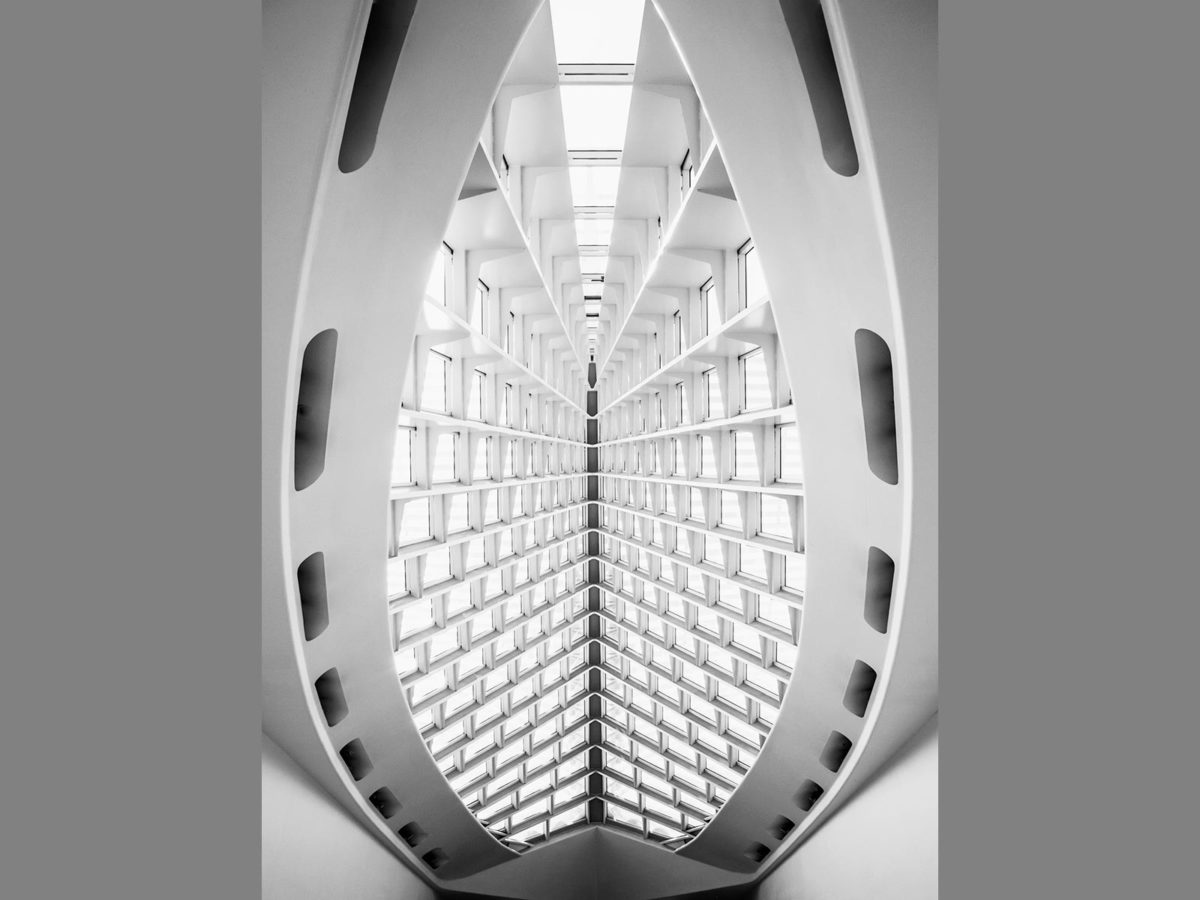Denise Anderson
Assistant Professor
Michael Graves College, Kean University
Craig Konyk
Associate Professor
Michael Graves College, Kean University
Kylie Mena
Michael Graves College, Kean University
Varrianna Siryon
Michael Graves College, Kean University
Humanity will call upon architects and designers to respond to the resulting modified human behaviors and built environment in the post-COVID-19 world. These areas include the need for flexibility of public spaces and interior layouts, rethinking product designs, and strategies for informational campaigns and digital safety platforms using an integrated design approach.
In spring 2021, a team of interdisciplinary students and faculty at the Michael Graves College were awarded a grant to explore how designers can prepare for the next pandemic by looking at it as a human-centered design initiative. The objective was to utilize the expertise areas of Architecture, Graphic Design, Industrial Design, and Interior Design to research the pandemic’s effects on public spaces and propose design strategies to improve communities. For example, as part of a university-wide initiative on pandemic research, students proposed design solutions for the safe opening of Kean’s childcare center.
In the summer, as the world managed and changed due to the Delta variant and the anti- vaccine movement, further investigations into two areas hit hardest by the pandemic were explored: education and mental health. Extended research was conducted on special needs children and the increased anxiety that led to panic buying.
The presentation will examine the interdisciplinary design thinking process and solutions for the childcare center. It will present methodology soliciting support in undergraduate and graduate courses to identify pandemic-related problems and solutions. Furthermore, it will answer how design and architecture can help envision what communities need to manage and thrive in a post-COVID-19 environment.
This research was presented at the Design Incubation Colloquium 8.2: Annual CAA Conference on Thursday, March 3, 2022.

